Home | Carbon offsets | Elazig Solar Farm, Turkey
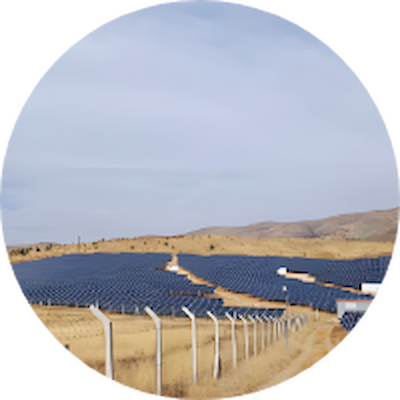
Elazig Solar Farm, Turkey
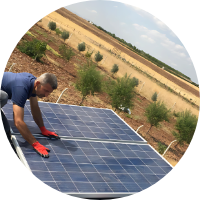
Reduces reliance on fossil fuels in an energy-importing nation
Turkey imports nearly 75% of its energy. Elazig Solar Farm helps combat this by supplying clean, self-produced solar power to the national grid.
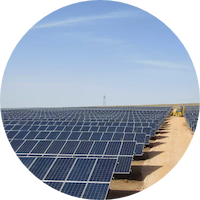
Avoids greenhouse gas emissions in a rapidly growing market
As energy demand is expected to rise by 40% over the next 12 years, this high-efficiency solar farm helps reduce GHG emissions in a country where they’ve already tripled since 1990.
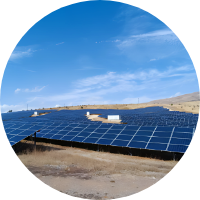
Supports economic stability and growth
Every gigawatt of solar energy generated saves over $100 million in gas import costs, providing a reliable and cost-effective energy source for Turkey’s future.
Elazig Solar Farm - has been developed as a ‘high efficiency’ solar farm, utilizing crystalline silicon based solar PV modules to provide economically, and efficient solar energy to the region.
As a country that imports almost three-quarters of its energy - including half the coal, and almost all the oil and gas it requires, from 1990 to 2019, carbon emissions from fuel combustion have risen from 130 megatonnes to 360 megatonnes per year.
With energy consumption forecasted to increase almost 40% in the next 12 years, renewable energy projects such as Elazig Solar Farm are essential to reduce carbon emissions, whilst also providing economic stability and certainty in the cost of energy for the population. With a national estimated figure of 2600 hours of sunlight each year, Elazig Solar Farm aims to help provide self produced energy, whilst also reducing the emissions produced from fossil fuel combustion.
In addition to the environmental benefits, the key economic benefits of the project are to help contribute to reduced costs and economic growth within the region, with every gigawatt of solar power produced, saving over US $100 million on gas import costs for energy.
The key ambitions for the project are to help encourage and develop further solar generation within the Eastern Anatolia region, and the success of the high efficiency, low cost solar installations aim to provide a blueprint for future growth and benefits across the country.
UN Sustainable Development Goals met by this project:
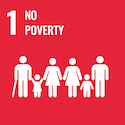
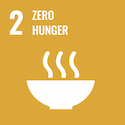

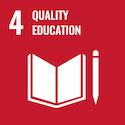
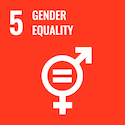
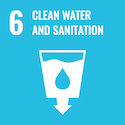
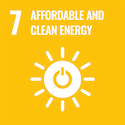
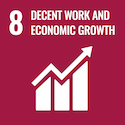
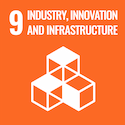
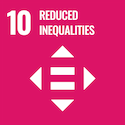
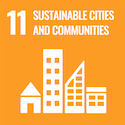
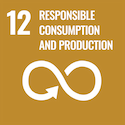
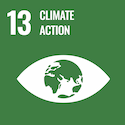
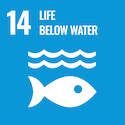
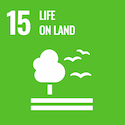
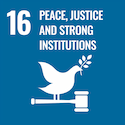
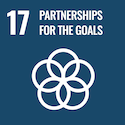
Explore our projects

Blue Carbon Mangrove Restoration, Pakistan
Blue Carbon Mangrove Restoration in Pakistan’s Indus Delta spans 350,000 ha, removing 142 million tonnes of CO2e for global climate mitigation.
Project status: Active
Learn more about the Blue Carbon Mangrove Restoration project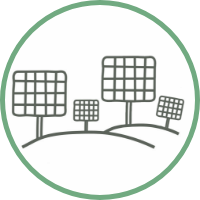
Household Solar Lighting, Zambia
This project provides solar lighting to Zambian families, reducing carbon emissions and enabling safer study, cooking, and socialising at home.
Project status: Active
Learn more about the Household Solar Lighting project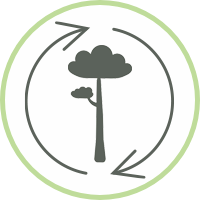
Improved Biodiversity & Mixed Reforestation
This reforestation project restores 2,115 ha of former pastureland, planting over one million trees to boost biodiversity and carbon capture.
Project status: Active
Learn more about the Improved Biodiversity & Mixed Reforestation project
Reforestation on Degraded Land, Uruguay
This project restores 21,298 hectares of degraded grazing land in Uruguay, creating sustainable forests to boost biodiversity and carbon capture.
Project status: Active
Learn more about the Reforestation on Degraded Land project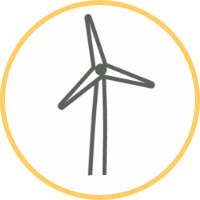
Salkhit Wind Farm, Mongolia
Salkhit Wind Farm is Mongolia’s first grid-connected wind project, supplying renewable energy and advancing expertise for future developments.
Project status: Active
Learn more about the Salkhit Wind Farm project
Wind power in Karnataka, India
This project in Karnataka generates renewable wind power, reducing fossil fuel reliance and supporting India’s Southern Electricity Grid.
Project status: Active
Learn more about the Wind power in Karnataka project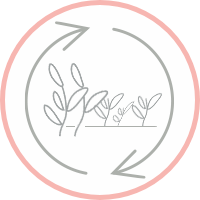
Peatland protection - Rimba Raya
The Rimba Raya Biodiversity Reserve protects carbon-rich peatland from palm oil deforestation, preventing 100 million tonnes of emissions.
Project status: Inactive
Learn more about the Peatland protection in Rimba Raya project
Peatland protection, Keo Seima, Cambodia
The Keo Seima Wildlife Sanctuary in Cambodia protects endangered wildlife and supports local Bunong communities through conservation and sustainable development.
Project status: Inactive
Learn more about the Peatland protection in Keo Seima project
Tropical Forest Protection, Mai Ndombe
The Mai Ndombe project in the DRC reduces forest and biodiversity loss whilst providing community prosperity through vital investments into the local area.
Project status: Inactive
Learn more about the Tropical Forest Protection project